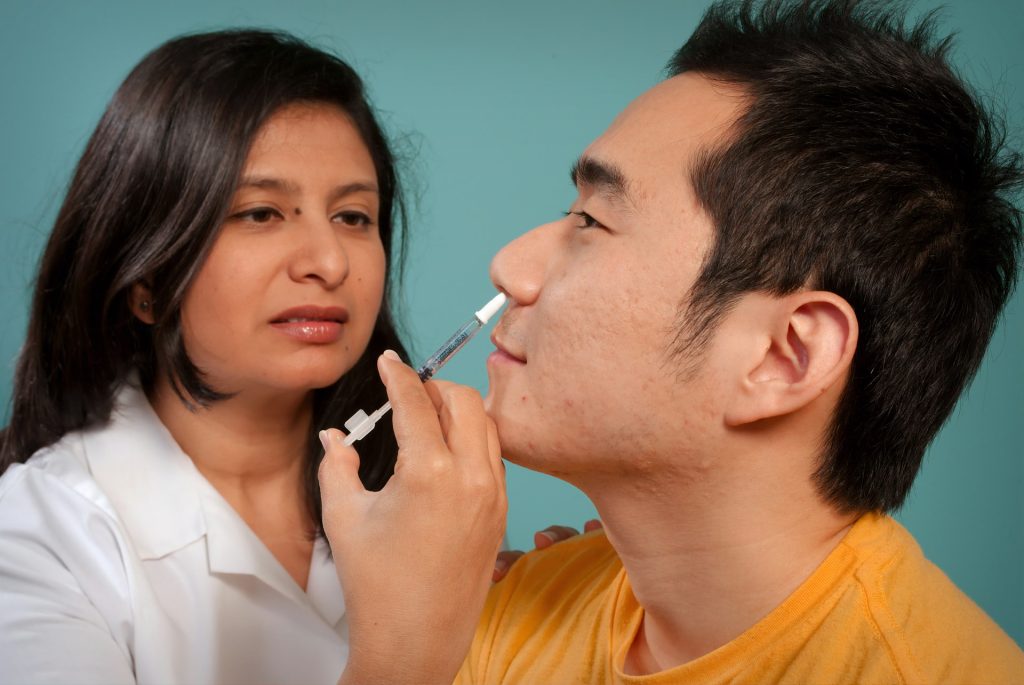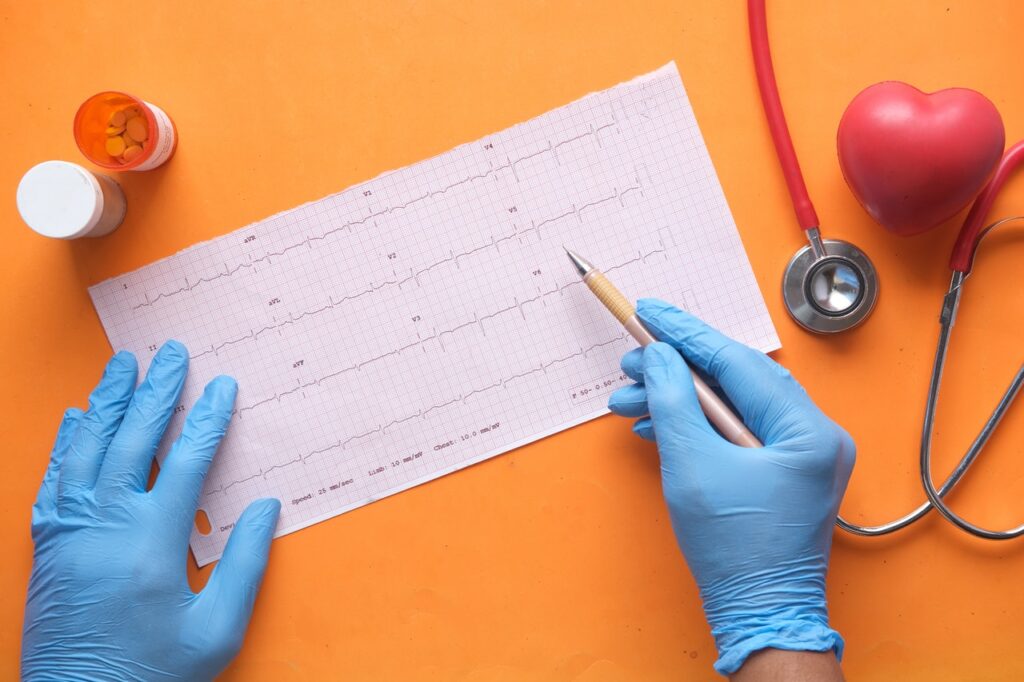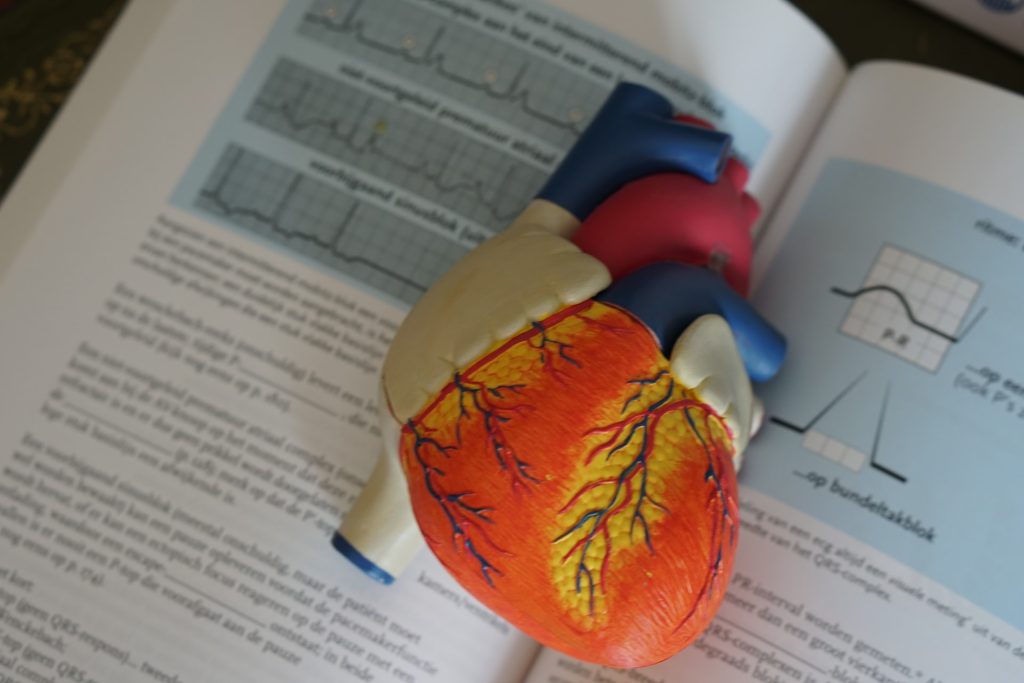Research at Oktoberfest Reveals a Brewing Cardiac Arrhythmia Risk

Medicine is subjecting the negative effects of alcohol on body and health to ever greater scrutiny – not surprisingly us, as alcohol is one of the strongest cell toxins that exist. In a recent study, doctors at took mobile ECG monitors along to parties of young people who had one principal aim: to drink and be merry. Yet the science produced by the MunichBREW II study made for sobering reading. It revealed that binge drinking can have a concerning effect on the hearts even of healthy young people in surprisingly many cases, including the development of clinically relevant arrhythmias. The results of the study have just been published in the European Heart Journal.
The team from the Department of Cardiology at LMU University Hospital launched the MunichBREW I study at Munich Oktoberfest in 2015. Back then, the doctors, led by Professor Stefan Brunner and PD Dr Moritz Sinner, studied the connection between excessive alcohol consumption and cardiac arrhythmias – but only through an electrocardiogram (ECG) snapshot.
Now the scientists wanted to gain a more detailed picture, so they set out with their mobile equipment once again. Their destinations were various small parties attended by young adults with a high likelihood “that many of the partygoers would reach breath alcohol concentrations (BAC) of at least 1.2 grams per kilogram,” says Stefan Brunner. These were the participants of the MunichBREW II study – the world’s largest investigation to date of acute alcohol consumption and ECG changes in prolonged ECGs spanning several days.
Hearts out of sync – especially in recovery phase
Overall, the researchers evaluated the data of over 200 partygoers who, with peak blood alcohol values of up to 2.5 grams per kilogram, had imbibed quite a few drinks. The ECG devices monitored their cardiac rhythms for a total of 48 hours, with the researchers distinguishing between the baseline (hour 0), the drinking period (hours 1-5), the recovery period (hours 6-19), and two control periods corresponding to 24 hours after the drinking and recovery periods, respectively. Acute alcohol intake was monitored by BAC measurements during the drinking period. ECGs were analysed for heart rate, heart rate variability, atrial fibrillation, and other types of cardiac arrhythmia. Despite the festive mood of the study participants, the quality of the ECGs was almost universally high throughout.
“Clinically relevant arrhythmias were detected in over five percent of otherwise healthy participants,” explains Moritz Sinner, “and primarily in the recovery phase.” Alcohol intake during the drinking period led to an increasingly rapid pulse of over 100 beats per minute. Alcohol, it would seem, can profoundly affect the autonomous regulatory processes of the heart. “Our study furnishes, from a cardiological perspective, another negative effect of acute excessive alcohol consumption on health,” stresses Brunner. Meanwhile, the long-term harmful effects of alcohol-related cardiac arrhythmias on cardiac health remains a subject for further research.








